The depiction of eyes plays a vital role in visual art, with realism and anime-style emerging as two distinct approaches. Realistic eyes aim for anatomical accuracy, while anime-style eyes prioritize expressiveness and aesthetic appeal. In this exploration, we compare the characteristics of realistic and anime-style eyes, examining the artistic choices that shape their portrayal.

By analyzing these contrasting styles, we gain insights into how artists convey emotions, create compelling characters, and leave a lasting impact on viewers. Join us as we delve into the captivating world of eye art and appreciate the diverse approaches used to capture their essence.
Anatomy and Appearance
Realistic and anime-style eyes have distinct differences in their anatomy and appearance. Realistic eyes aim to look like actual human eyes, with natural shapes and proportional sizes. They pay attention to intricate details like iris patterns and realistic proportions. On the other hand, anime-style eyes are often larger and have exaggerated shapes.

They simplify the structures and focus on expressiveness and visual impact rather than anatomical accuracy. These differences in anatomy and appearance reflect the artistic choices made by artists in each style. Realism aims for accuracy, while anime-style prioritizes emotion and striking visuals. Understanding these variances helps us appreciate the unique qualities of each style in visual art.
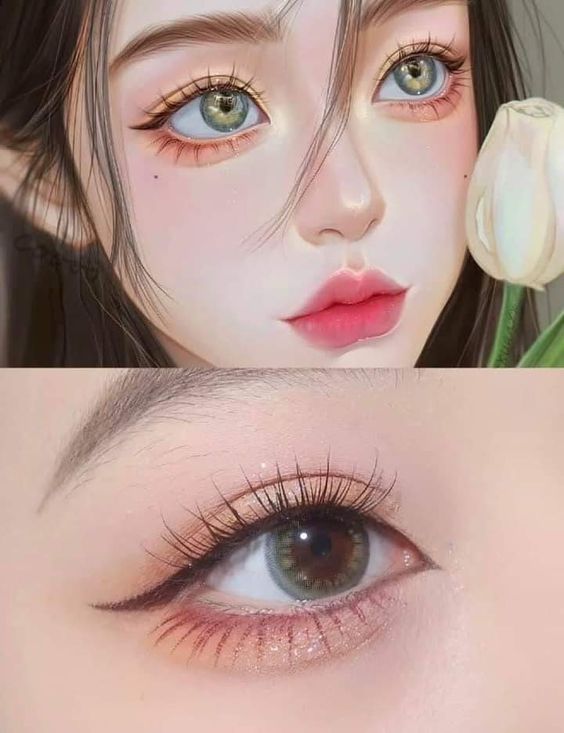
Expressiveness and Emotion
Realistic and anime-style eyes have contrasting approaches when it comes to expressing emotions. Realistic eyes convey emotions through subtle changes in pupil size, iris contraction, and eyelid positioning. They capture the intricacies of human expressions, allowing for a wide range of nuanced emotional cues. Realistic eyes can convey depth, sincerity, and a sense of realism in their portrayal of emotions.
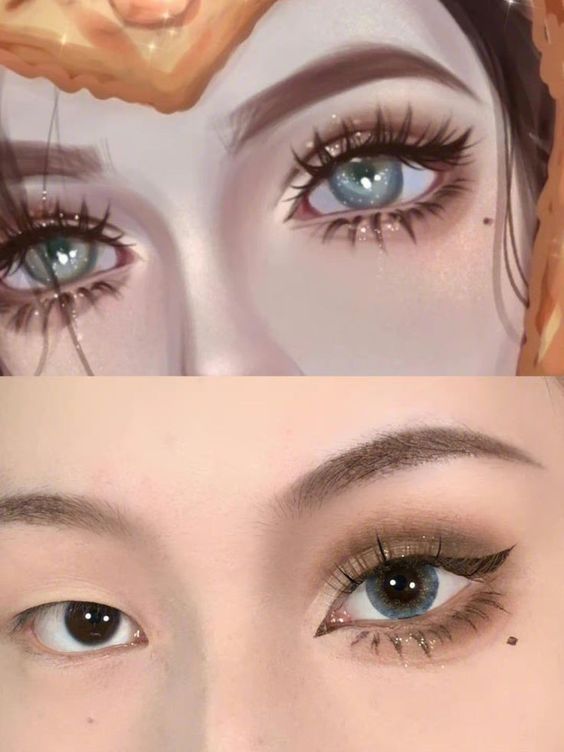
In contrast, anime-style eyes prioritize exaggerated expressions to vividly convey emotions. These eyes often feature enlarged pupils, sparkling highlights, or teardrop-shaped reflections to amplify the emotional impact. Anime-style eyes rely on simplification and stylization to create powerful visual cues that instantly communicate a character’s feelings. The larger size and distinctive features of anime-style eyes enable clear and easily recognizable emotional states.
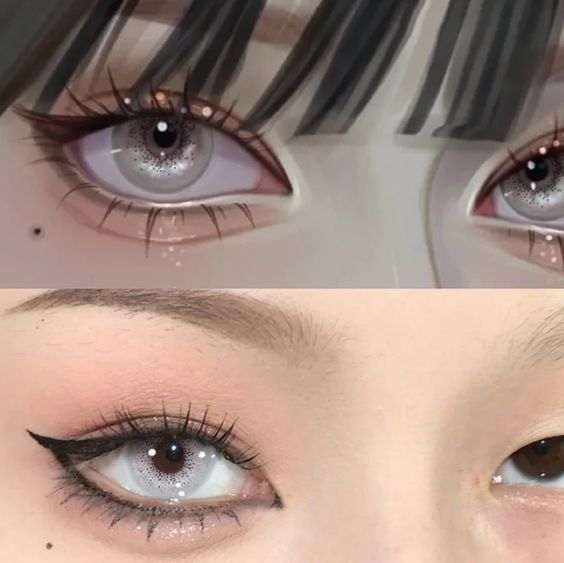
Color and Variation
Realistic and anime-style eyes differ in terms of color and variation. Realistic eyes aim to represent natural eye colors, showcasing the diversity found in real life. They typically depict brown, blue, green, or hazel eyes with subtle variations in hues and small details like specks or flecks in the iris.
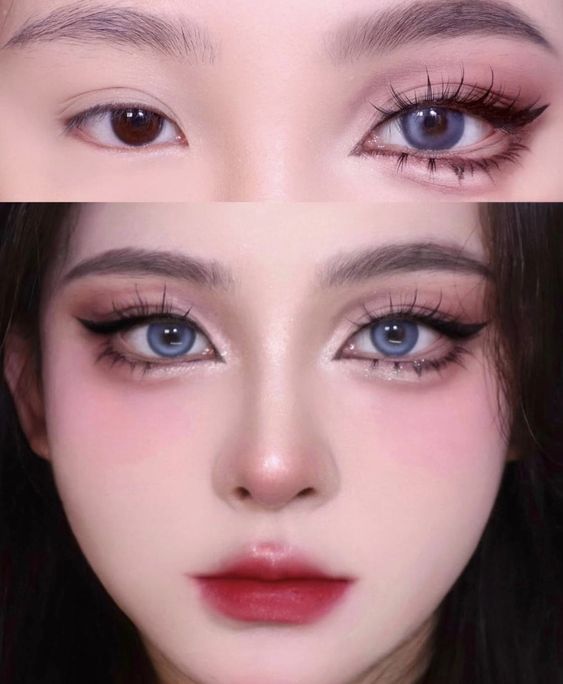
On the other hand, anime-style eyes embrace a wider range of colors, often going beyond what is seen in reality. They feature vibrant and bold colors like bright blues, intense greens, or vivid purples. These exaggerated color choices contribute to the overall stylization and visual appeal of anime characters. Anime-style eyes may also incorporate gradients, patterns, or supernatural elements to create a visually striking effect.

Lighting and Shadows
The depiction of lighting and shadows is another area where realistic and anime-style eyes diverge. Realistic eyes aim to portray the way light interacts with the eye, creating depth and dimension. They pay attention to realistic light sources, shadows, and reflections, ensuring that the lighting matches the overall scene. Realistic eyes exhibit subtle gradients, shading, and highlights that mimic how light would fall on the eye’s surfaces. These details contribute to a sense of realism and enhance the overall three-dimensional quality.
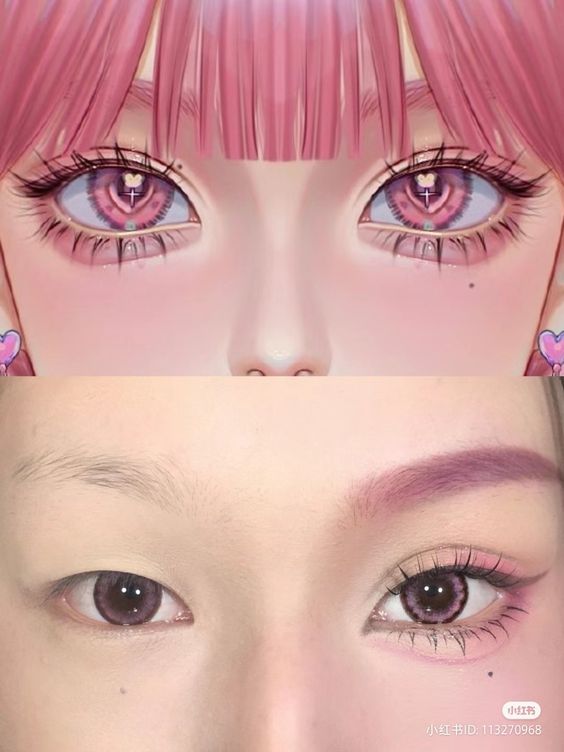
On the other hand anime-style eyes often employ a simplified or stylized approach to lighting and shadows. They may use minimal shading or omit them altogether, focusing on bold and graphic elements instead. Anime-style eyes often feature bright highlights or reflections that add visual appeal and draw attention to certain parts of the eye. This stylized approach allows for greater emphasis on the expressiveness and impact of the eyes, highlighting their role as a focal point in character design.
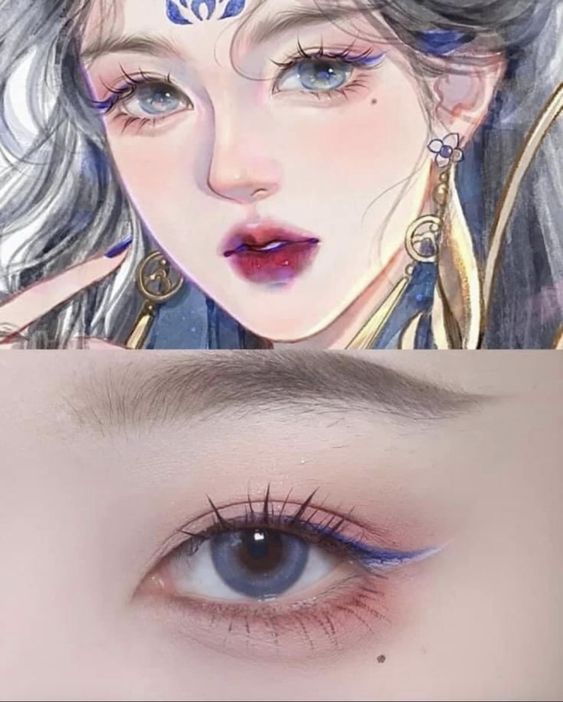
Artistic Techniques
In realistic eyes, artists focus on capturing fine details and subtle variations in textures. They may use techniques such as precise shading, blending, and meticulous brushwork to create a lifelike representation. Conversely, anime-style eyes rely on simplified and stylized techniques. Artists use bold outlines and clean shapes to create a visually appealing and easily recognizable design. Flat colors, minimal shading, and graphic elements are common in anime-style eyes to emphasize expressiveness and clarity.
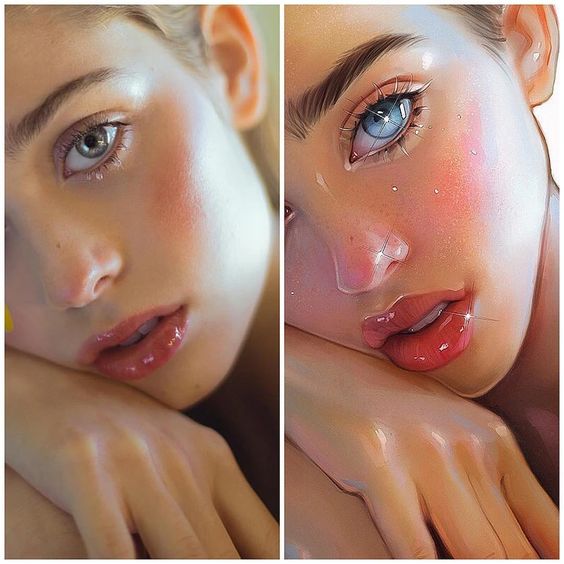
The choice of artistic techniques in realistic and anime-style eyes reflects the desired artistic intent and visual style. Realistic eyes prioritize meticulous attention to detail and strive for a lifelike representation, while anime-style eyes embrace stylization and simplified forms to enhance expressiveness and create a visually striking impression. By understanding and employing these techniques, artists can effectively convey their artistic vision and create captivating eye designs within their chosen style.

Evolution of Eye Styles
The evolution of eye styles in art and media has undergone significant changes over time. In earlier artistic representations, eyes were often depicted in a more realistic manner, striving for accuracy and natural proportions. Artists aimed to capture the intricacies of human eyes, reflecting the beauty and complexity of the human form.
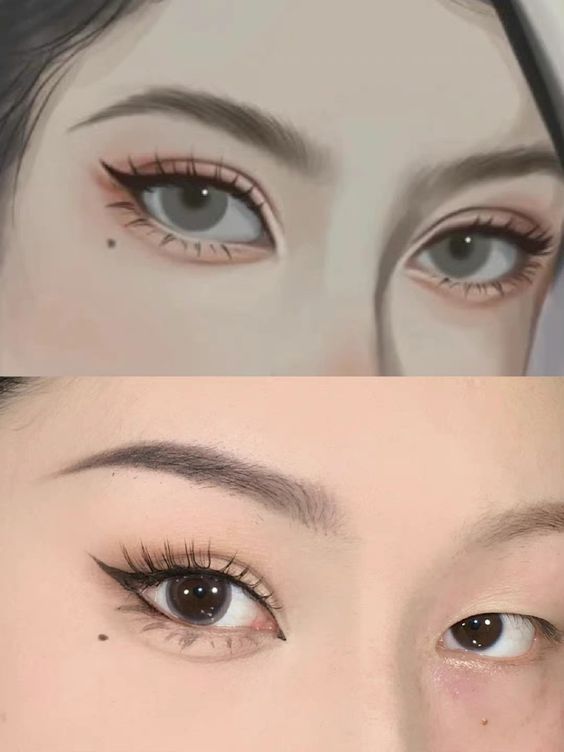
As time progressed, artistic styles began to experiment and evolve. Anime-style eyes emerged as a distinctive and influential aesthetic. They deviated from strict realism and embraced stylization, featuring larger and more expressive eyes with simplified shapes and bold outlines. Anime-style eyes allowed for heightened emotions and created a visual impact that resonated with viewers.
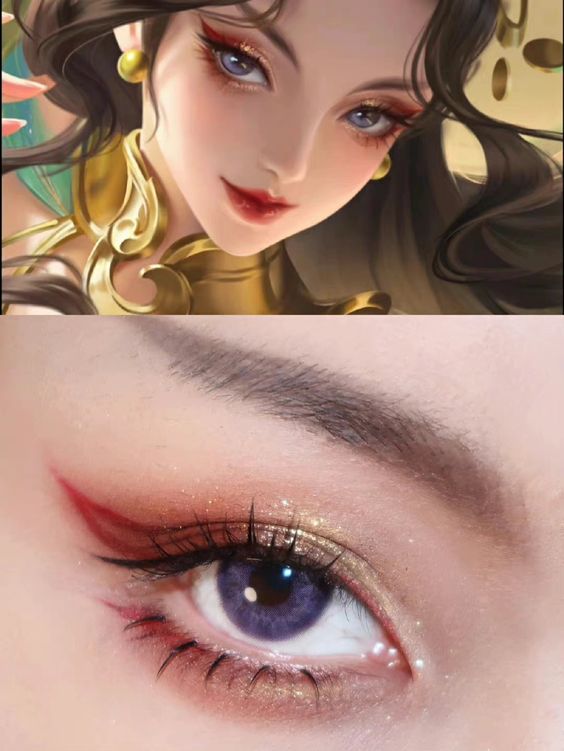
Psychological Impact
The way eyes are depicted in art and media, whether in realistic or anime styles, can deeply affect viewers’ emotions and perceptions. Realistic eyes, with their attention to detail and lifelike portrayal, can create a sense of familiarity and empathy. They make characters feel relatable and can foster a strong emotional connection with the audience.
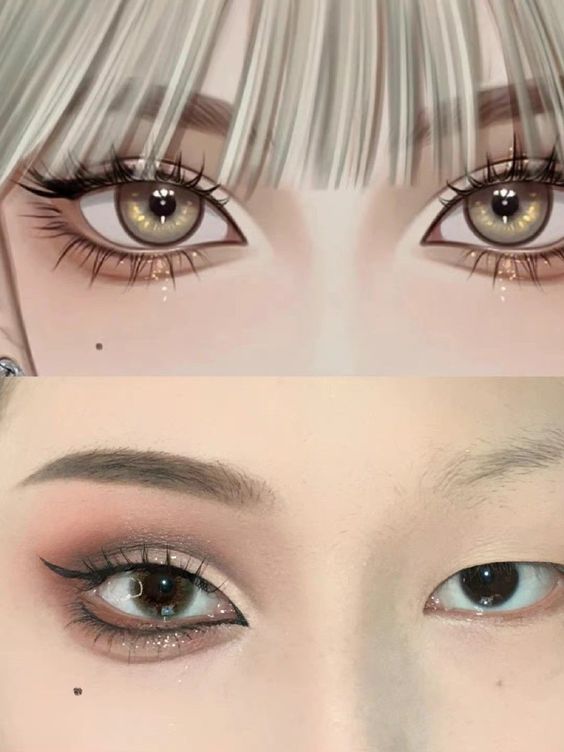
The psychological impact of eye styles can also be influenced by cultural and personal factors. Cultural familiarity and personal experiences shape how different eye designs are interpreted and emotionally engaged with.
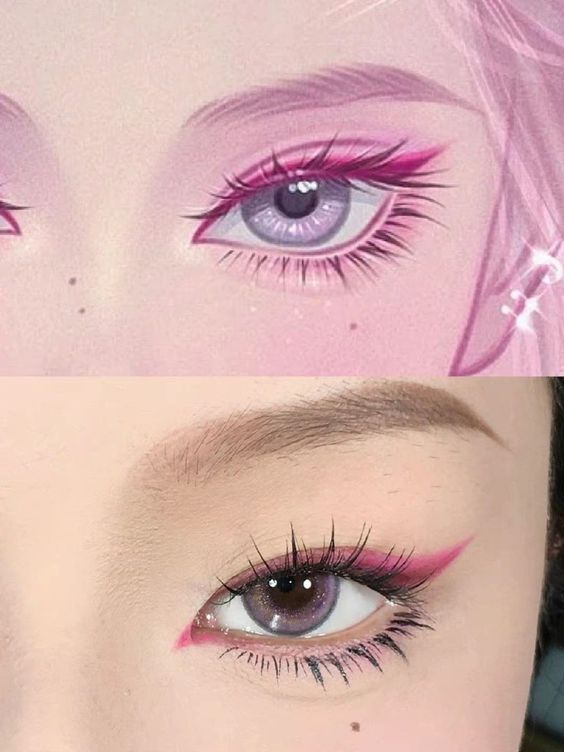
Viewer Engagement and Impact
The depiction of eyes in art and media, whether realistic or anime-style, plays a crucial role in engaging viewers and leaving a lasting impact. The eyes serve as windows to the characters’ emotions and intentions, drawing viewers into their world and forging a connection. The expressiveness and visual appeal of eyes captivate viewers’ attention and evoke a range of emotions, from empathy and joy to suspense and awe.
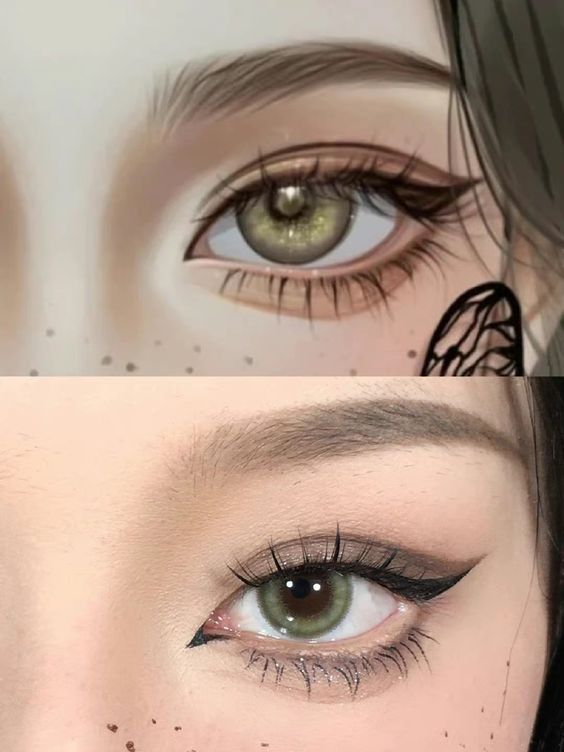
The unique artistic choices and stylized elements in anime-style eyes can leave a strong impression, making characters memorable and enhancing the overall viewing experience. By understanding the power of eyes in capturing attention and evoking emotions, artists can create artwork that resonates with viewers and leaves a lasting impact on their hearts and minds.
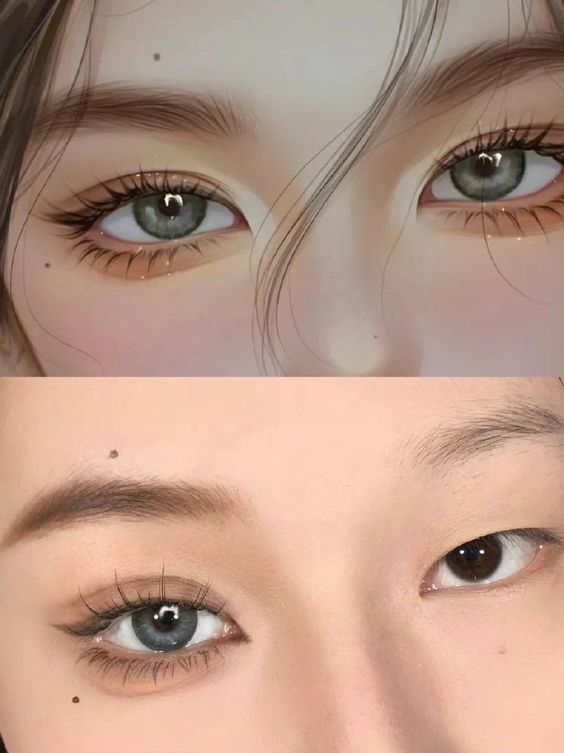
Popularity and Influence
Anime-style eyes have gained significant popularity and wield a considerable influence in art, media, and popular culture. Their distinctive and visually appealing design has captured the fascination of audiences worldwide. Anime-style eyes have become iconic symbols of the anime and manga industry, representing the unique artistic style and storytelling approach associated with these mediums.

The widespread popularity of anime-style eyes can be attributed to their ability to convey emotions with great impact. The exaggerated size, vibrant colors, and expressive features make them instantly recognizable and visually striking. These eyes have become synonymous with the captivating characters and dynamic narratives found in anime and manga.



